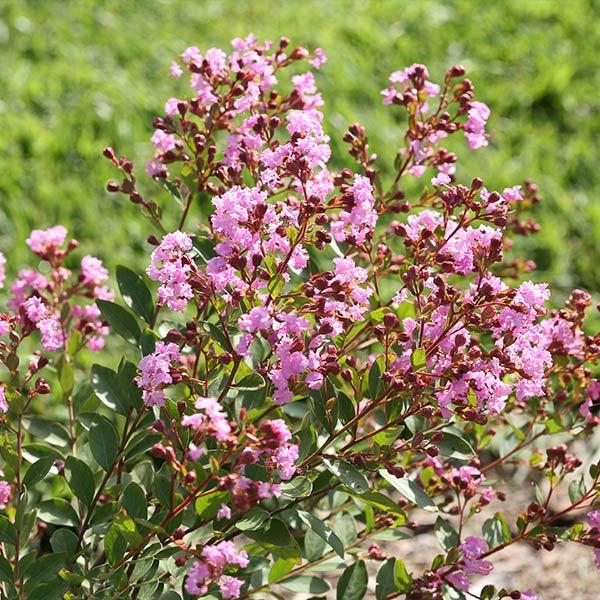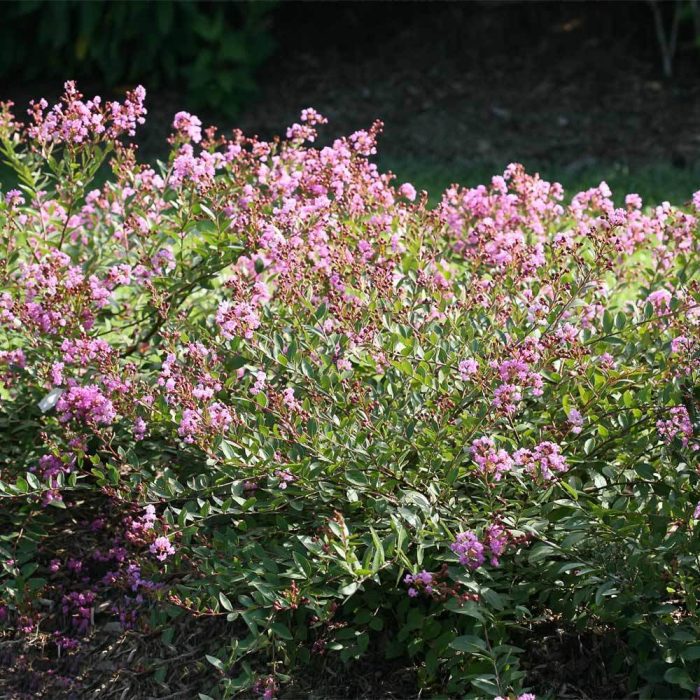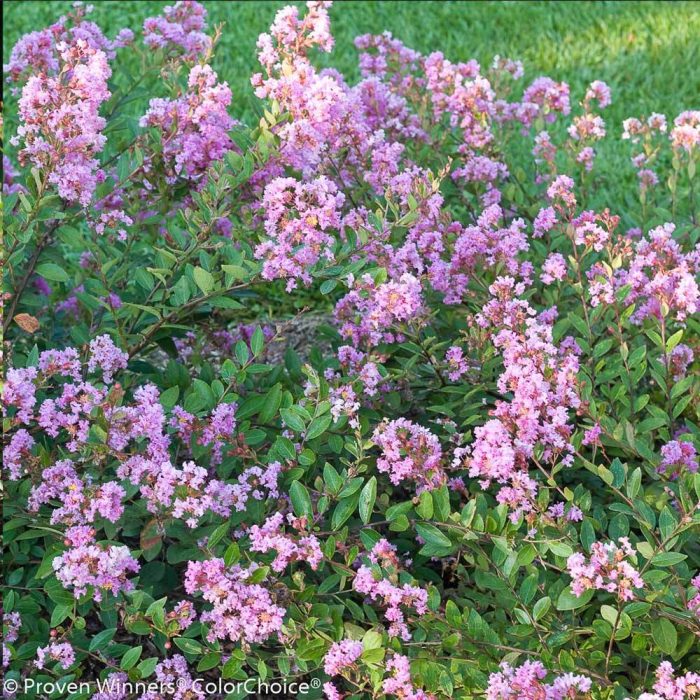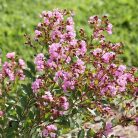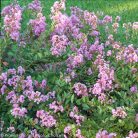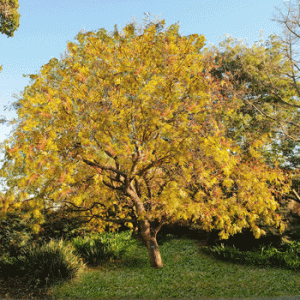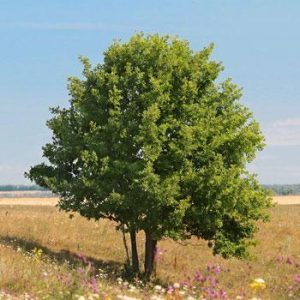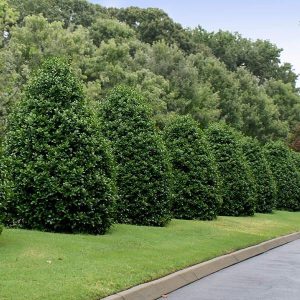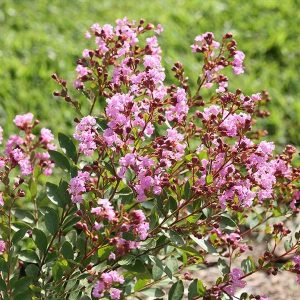Infinitini® Orchid Crape Myrtle Shrub Online Sale
- Estimated Delivery : Up to 4 business days
- Free Shipping & Returns : On all orders over $200
Long-Lasting Lavender Blooms on Compact Shrub
Why Infinitini® Orchid Crape Myrtle Shrubs?
A new generation of the classic Crape has arrived. The Infinitini® Orchid Dwarf is part of a series that grows only 2 to 4 feet tall with an equal width…making it perfect for nearly any space!
But despite its small size, you get big color. Lavender-purple flowers emerge in an orchid-like hue, which is hard to find in the average residential garden. These vivid blooms blanket the Infinitini® Orchid Dwarf Crape Myrtle Tree s neat, tidy form, outlasting most other varieties.
Infinitini® paints your garden with vibrancy, whether you plant at corners or in plant beds. No matter where you place it, it thrives, even down to 0 degrees or in hot, humid areas.
Why Fast-Growing-Trees.com is Better
Thanks to our unmatched care at the nursery, your Orchid Dwarf is ready to grow as soon as it arrives. No more shopping for weak varieties at your local garden center…now, you ll have a healthy, well-rooted plant shipped directly to your home without the hassle.
And when you buy our larger sizes, you can get the beautiful colors of the Orchid as soon as the first season.
But don t take our word for it – shrub-form Crape Myrtles in healthy condition are hard to find. Get your Orchid Crape Myrtle today!
Planting & Care
1. Planting: Select a location with well-drained soil and full sun (6 to 8 hours of sunlight daily).
Dig a hole twice as wide as the root ball and just as deep. Place your shrub in the hole and make sure that the root crown (where the root ball meets the trunk) is level with the soil surface. Tamp down the soil lightly as you backfill the hole and then water after you’ve finished.
2. Watering: After planting, water weekly for the first growing season. If you live in a hot and dry climate, you may need to water young trees twice or three times weekly.
If you’re not sure when to water, simply check the surrounding soil about 3 inches down for dryness. Water when the soil here is dry.
3. Fertilizing: Feed yearly with a high-nitrogen fertilizer, such as a 20-10-10 slow-release formula, in the early spring.
4. Pruning: To shape, remove all but 4 to 5 strong trunks and then remove the lateral branches around the bottom half of the tree. To encourage branching, make your cuts on the longer, thinner limbs and remove leaves growing from the trunk. Also, trim away any damaged or dead branches during the late winter.
1. Planting: Select a location with well-drained soil and full sun (6 to 8 hours of sunlight daily).
Dig a hole twice as wide as the root ball and just as deep. Place your shrub in the hole and make sure that the root crown (where the root ball meets the trunk) is level with the soil surface. Tamp down the soil lightly as you backfill the hole and then water after you’ve finished.
2. Watering: After planting, water weekly for the first growing season. If you live in a hot and dry climate, you may need to water young trees twice or three times weekly.
If you’re not sure when to water, simply check the surrounding soil about 3 inches down for dryness. Water when the soil here is dry.
3. Fertilizing: Feed yearly with a high-nitrogen fertilizer, such as a 20-10-10 slow-release formula, in the early spring.
4. Pruning: To shape, remove all but 4 to 5 strong trunks and then remove the lateral branches around the bottom half of the tree. To encourage branching, make your cuts on the longer, thinner limbs and remove leaves growing from the trunk. Also, trim away any damaged or dead branches during the late winter.
Dig a hole twice as wide as the root ball and just as deep. Place your shrub in the hole and make sure that the root crown (where the root ball meets the trunk) is level with the soil surface. Tamp down the soil lightly as you backfill the hole and then water after you’ve finished.
2. Watering: After planting, water weekly for the first growing season. If you live in a hot and dry climate, you may need to water young trees twice or three times weekly.
If you’re not sure when to water, simply check the surrounding soil about 3 inches down for dryness. Water when the soil here is dry.
3. Fertilizing: Feed yearly with a high-nitrogen fertilizer, such as a 20-10-10 slow-release formula, in the early spring.
4. Pruning: To shape, remove all but 4 to 5 strong trunks and then remove the lateral branches around the bottom half of the tree. To encourage branching, make your cuts on the longer, thinner limbs and remove leaves growing from the trunk. Also, trim away any damaged or dead branches during the late winter.
| Size | 1 Plant (1 Quart) |
|---|
